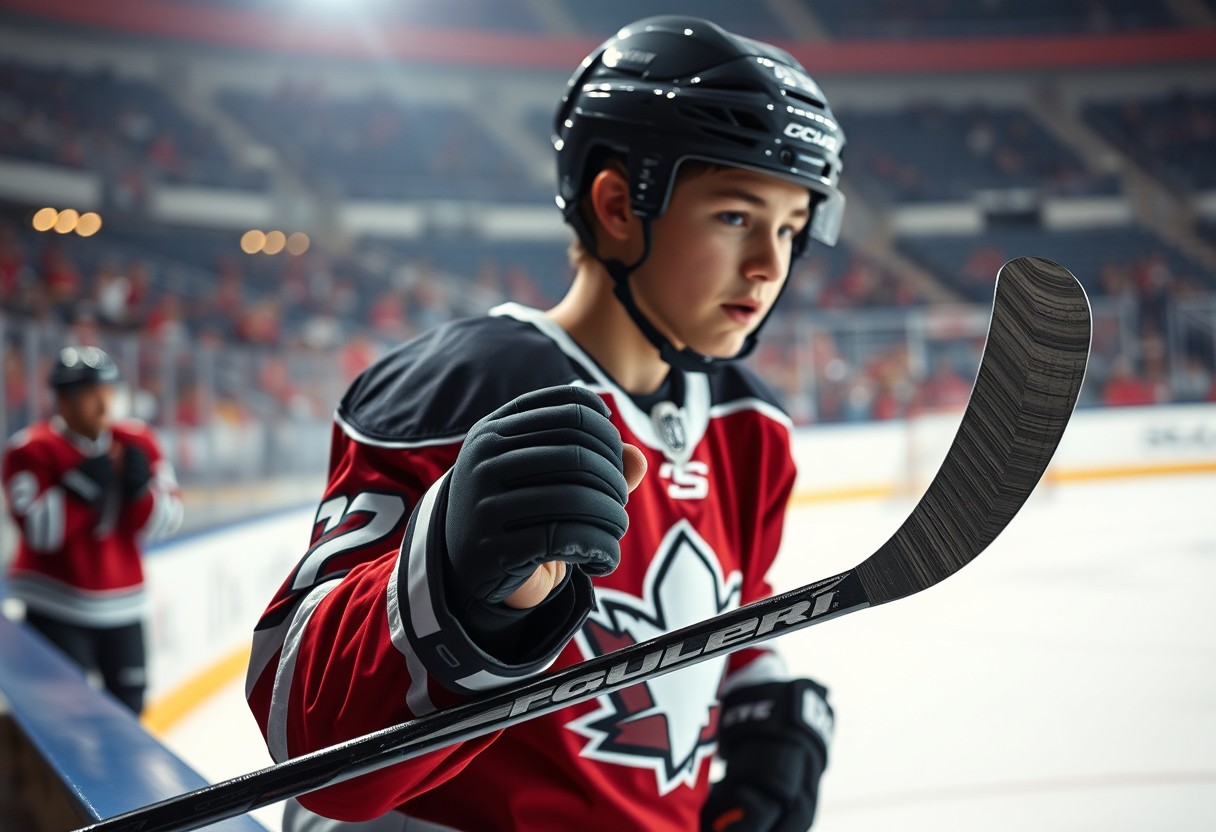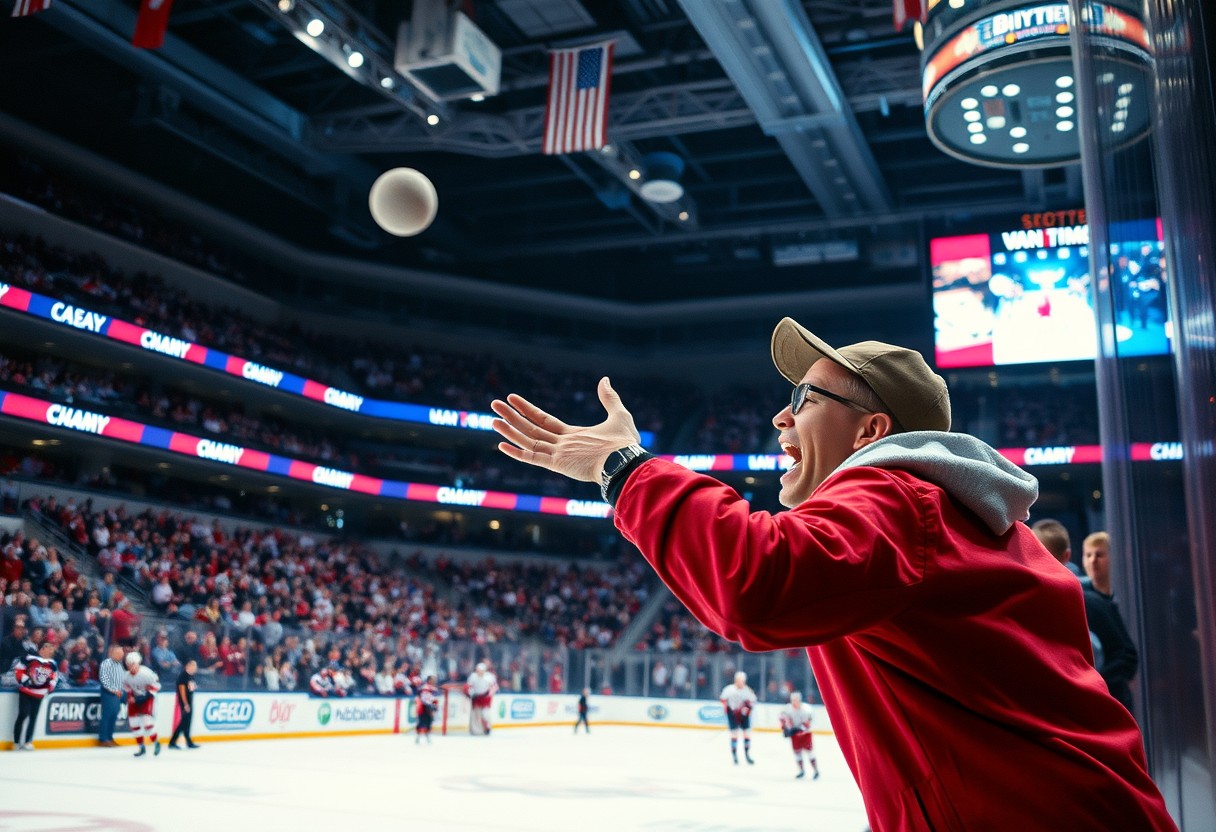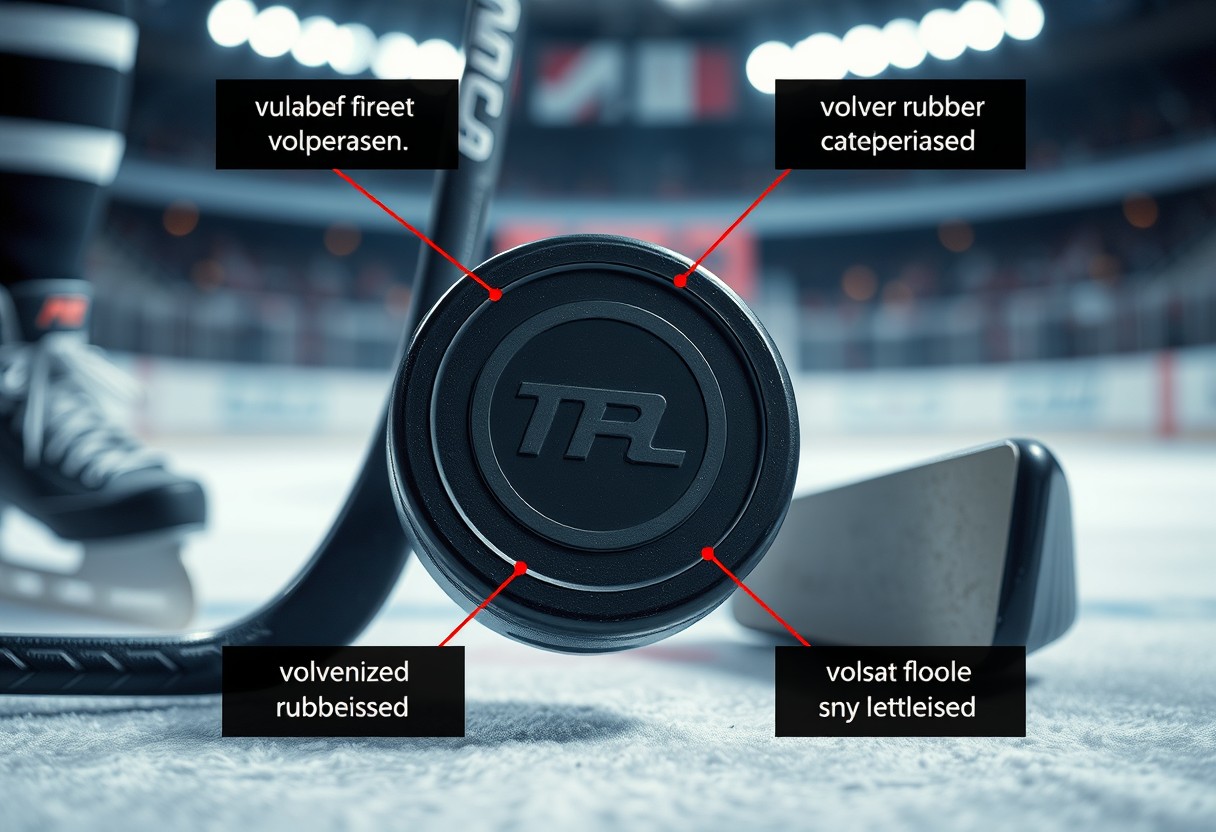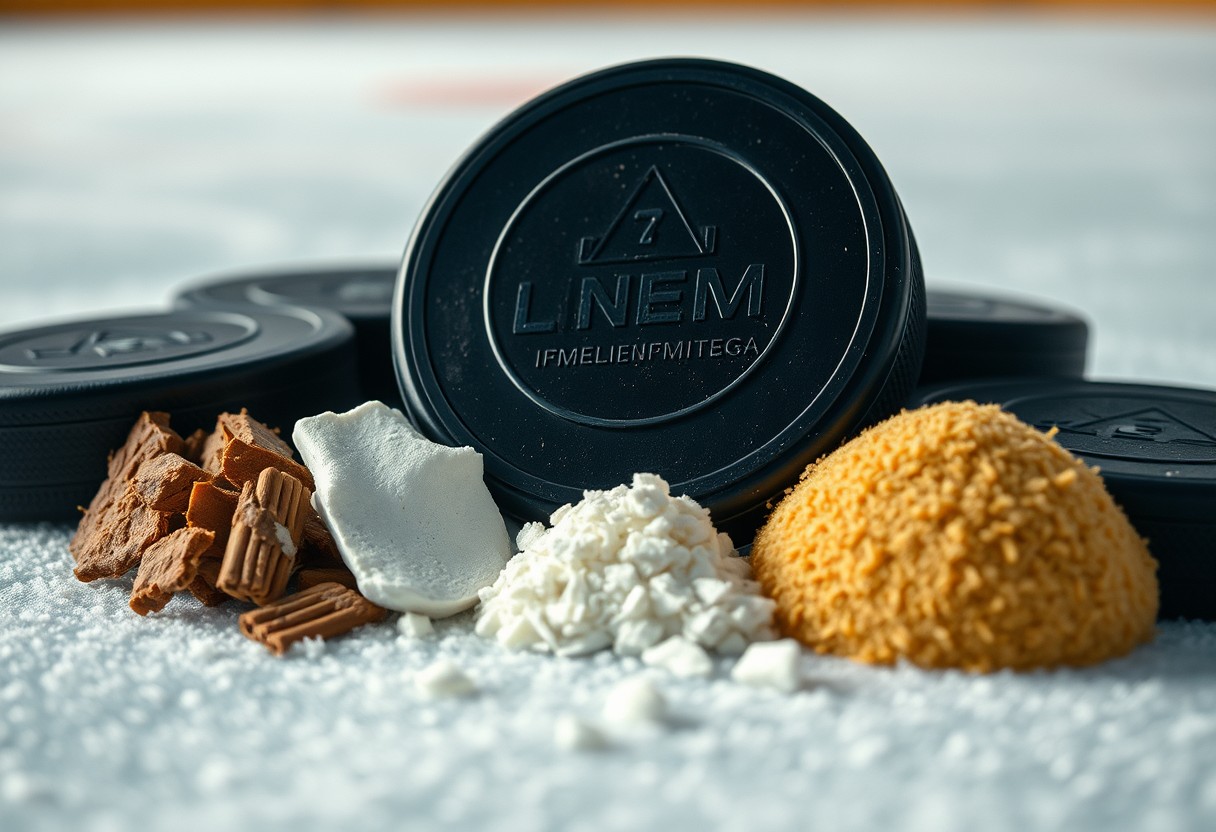Many aspiring hockey players overlook the importance of properly holding their hockey stick, which is crucial for maximizing control and performance on the ice. Understanding how to position your hands and grip the stick can significantly impact your shooting, passing, and overall gameplay. In this guide, you will learn the vital techniques for holding your hockey stick correctly, allowing you to enhance your skills and play with confidence. Master these fundamentals to take your hockey game to the next level!
Key Takeaways:
- Grip Position: Ensure your top hand is near the top of the stick, allowing for better control and maneuverability, while the bottom hand is placed comfortably for powerful shots.
- Stick Angle: Hold the stick at a slight angle to the ice to maximize puck control and improve passing and shooting accuracy.
- Body Alignment: Keep your body aligned with the stick and maintain a balanced stance to enhance stability and responsiveness during play.
Understanding the Hockey Stick
While the hockey stick is an vital piece of equipment that greatly influences your game, understanding its components and types will help enhance your skill level. Knowing how to select the right stick can improve your control and shooting ability, ultimately allowing you to become a more effective player on the ice. Learning about the anatomy and variations of hockey sticks will provide you with the necessary context as you practice holding it correctly.
Anatomy of a Hockey Stick
Hockey sticks consist of several key parts. The blade is the flat part at the end of the stick that makes contact with the puck, while the shaft is the long body of the stick that you grip. The knob, or the top of the stick, ensures that your hands do not slide off during play. Familiarizing yourself with these components can help you understand better how to handle your stick and when to adjust your grip for optimal performance.
Understanding the flex of the stick is also crucial as it determines how much energy is transferred from your shot to the puck. Generally, a stiffer stick is suitable for powerful shots, while a more flexible stick can aid in finesse and control. Each part of your hockey stick plays a vital role in how you perform during games, making knowledge of its anatomy vital for success.
Different Types of Sticks
Hockey sticks come in various types, each designed for specific player styles and preferences. The major types include wooden, composite, and advanced lamination sticks. Wooden sticks are often favored by beginners due to their affordability and durability. Composite sticks, however, offer a lighter weight and enhanced performance, making them the choice of many professional players. Advanced lamination sticks blend the best qualities of different materials, providing unparalleled strength and flexibility.
- Wooden Sticks: Affordable, durable, ideal for beginners.
- Composite Sticks: Lightweight, high performance, popular among pros.
- Advanced Lamination Sticks: Enhanced strength and flexibility.
- Senior, Intermediate, and Junior Sizes: Specific to player age and size.
- Varied Flex Ratings: Tailored to your shooting style.
Thou must choose a stick based on your playing style and preferences for optimal performance.
| Type of Stick | Ideal For |
| Wooden | Beginners |
| Composite | Intermediate to Advanced Players |
| Advanced Lamination | Highly Competitive Play |
| Flex Options | Personalized Shooting Style |
If you want to ensure that you maximize your on-ice performance, understanding the various stick options available is vital. Each type comes with its unique set of features that cater to different player styles. An informed choice not only impacts how you handle the stick but also the way you respond during gameplay. Finding a stick that fits your style can make all the difference in executing effective plays.
- Based on material, type determines performance.
- Flexibility impacts shock absorption and shooting efficiency.
- Length affects your reach and puck control.
- Pick a curved blade for better puck handling.
- Test various types to find what feels best for you.
Thou should engage in hands-on testing to find what fits your style best.
Choosing the Right Stick for You
While picking out the right hockey stick, it’s crucial to consider your playing style, position, and personal preferences. A heavy stick might work well for one player, while a lighter option could suit another better. Try out different flex ratings and lengths to discover what feels comfortable and helps you perform your best on the ice.
Additionally, the curve of the blade can affect your shooting and puck-handling capabilities. Finding that ideal combination of elements will not only enhance your experience but also elevate your overall game. Take the time to fully explore your options and consult with knowledgeable players or coaches to guide you in your selection process.
Understanding your needs as a player is vital for making the right choice. Each element of your stick influences your play style, so attention to detail can immensely upgrade your performance. With the right knowledge and hands-on experience, you can make an informed decision that suits your individualized style.
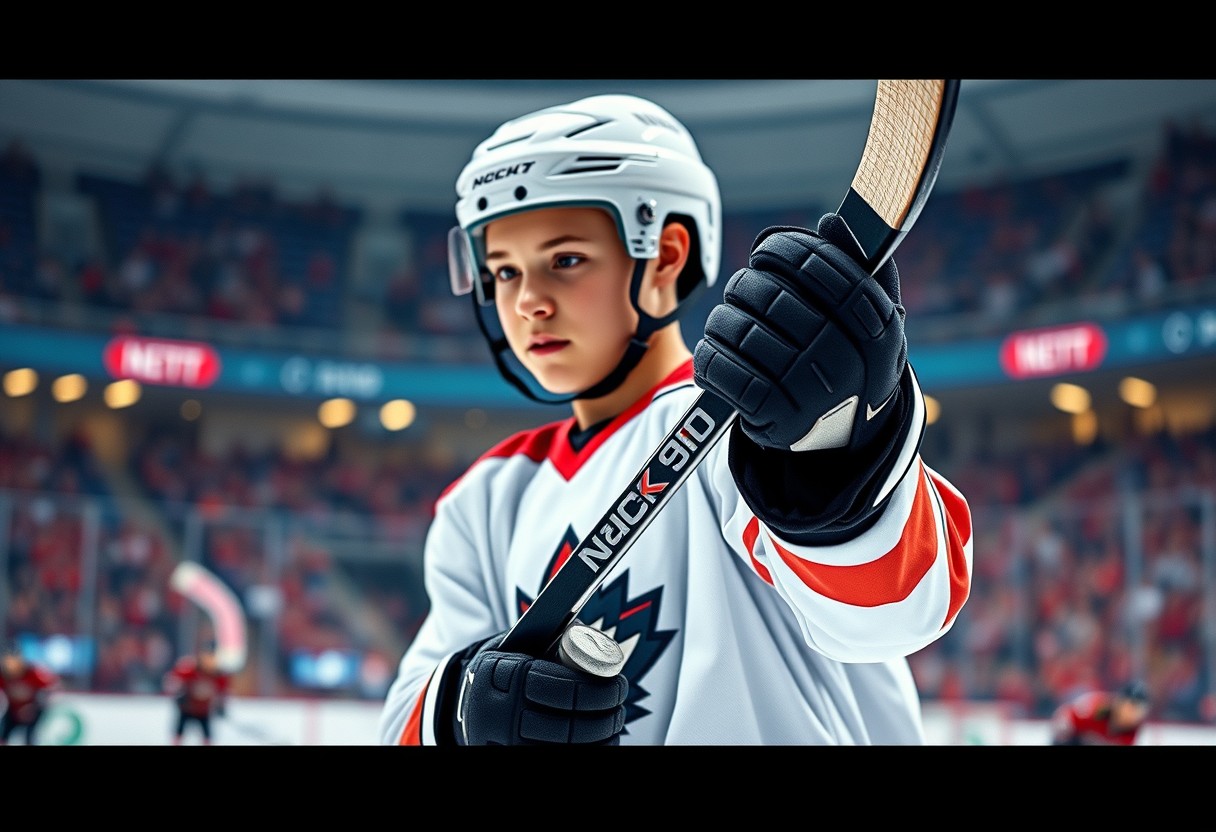
The Basics of Holding a Hockey Stick
Assuming you want to improve your hockey game, learning how to hold your hockey stick correctly is vital. The way you grip and place your hands can significantly impact your performance on the ice. It provides the foundation for control, passing, and shooting, all critical elements in the sport. Understanding the basics of grip position and hand placement will set you up for success in both practice and competition.
Grip Position
Any successful hockey player knows that grip position is crucial. The traditional grip involves holding the stick with your bottom hand about a third of the way up the shaft and your top hand positioned on the stick’s handle. This positioning allows for optimal control and mobility, ensuring that you can maneuver your stick effectively, whether you’re skating, passing, or shooting. Make sure your grip is firm but not overly tight; you should feel comfortable and relaxed while holding your stick.
Hand Placement
There’s more to hand placement than meets the eye. Proper hand placement ensures that you have the necessary speed and accuracy when handling the puck. Typically, your bottom hand should be positioned for control, while your top hand acts like a steering wheel, guiding the stick. As a rule of thumb, your hands should remain slightly separated during play; this elongates your reach and adds leverage when striking the puck.
With the right hand placement, you can better direct your shots and passes. A well-placed top hand will lead to more accurate and powerful shots, while a properly positioned bottom hand aids in controlling the puck, especially during tight maneuvers. Take time to practice adjusting your hand position based on the situation—this adaptability can be a game-changer when navigating opposing players.
Importance of Hand Separation
Basics of hand separation may seem minor, but they play a vital role in your overall performance. Maintaining proper space between your hands allows for increased flexibility and better weight transfer during your skating and shooting. The separation creates leverage, which is necessary for both passing and shooting effectively. When your hands are too close together, you risk losing control over your stick and putting less power behind your movements.
This hand separation should be practiced in drills to help build muscle memory. When you become accustomed to this positioning, your reaction times will improve, allowing you to respond more easily during gameplay. By regularly focusing on the correct separation, maintaining your grip and hand placement becomes second nature, leading to a noticeable enhancement in your overall gameplay. Bear in mind, mastering the details will pay off tremendously in your hockey journey.
Proper Stance and Body Position
Many players overlook the significance of a proper stance and body position when it comes to effectively handling a hockey stick. Achieving the right posture is crucial for maximizing your control over the stick and improving your overall performance on the ice. Your foundation starts with your feet, which should be positioned correctly to provide a stable base for movement and agility.
Foot Placement
Body placement is crucial for effective hockey play, and your foot positioning should reflect that. You want your feet shoulder-width apart to establish a balanced posture. Ensure that your weight is evenly distributed between both feet, which will help you pivot, skate, and shoot with ease. Additionally, point your toes slightly outward; this will allow you to move in multiple directions quickly, giving you the advantage during gameplay.
As you prepare to receive a pass or make a play, your lead foot should be slightly forward. This positioning not only readies you for action but also provides a more natural angle for your stick. Bear in mind, a stable foot placement creates a firm foundation that enhances all aspects of your game, from checking to shooting.
Weight Distribution
One of the key elements of your stance is how you distribute your weight. Ideally, you should have about 60% of your weight on your front foot and 40% on your back foot. This positioning will prepare you for quick movements, whether it’s transitioning from skating to shooting or pulling off a swift pass. When your weight shifts correctly, you enable yourself to maintain balance and speed while engaging effectively with the puck.
As you navigate the ice, be mindful of how your weight distribution affects your mobility. Keeping your center of gravity low by bending your knees slightly will enhance stability, especially during encounters with opponents. Moreover, this low stance not only allows for a better grip on your stick but also gives you increased power when shooting or receiving the puck, making these moments more effective.
Core Alignment
Distribution of your body weight is intricately linked to core alignment. Your core should remain engaged, providing a sturdy posture that supports your movements. When your core is aligned, you help facilitate your body’s overall stability and balance, allowing for quicker reactions whether you’re skating, stopping, or changing direction. This alignment is not just about being upright; it requires a blend of strength and flexibility, enabling you to maintain control during fast-paced moments on the ice.
Another crucial aspect of core alignment is the positioning of your shoulders and hips. This part of your body should face the direction you intend to move or shoot, as this alignment helps you generate more power and accuracy in your stick handling. Remember that your core is your body’s powerhouse—influencing your performance and movements throughout the game. Prioritizing core stability will significantly enhance your ability to manage the hockey stick effectively, thus improving all aspects of your game play.
Techniques for Enhanced Grip
Your grip on the hockey stick is crucial for performance and control. Therefore, applying the right techniques can significantly enhance your overall gameplay. An effective grip allows for better shot accuracy, stickhandling finesse, and puck control, ultimately leading to improved game performance. Getting the grip right requires understanding your natural comfort levels and the various conditions you’ll encounter during a match.
Finding a Comfortable Grip
Now, when it comes to finding a comfortable grip, the goal is to ensure that your hands are positioned where you feel most in control. You should start by placing your dominant hand at the top of the stick with a firm but relaxed grasp. Your bottom hand should slide down towards the blade, allowing for precise control and adjustment while playing. Experimenting with different hand placements can help you find that sweet spot where comfort meets performance.
Additionally, your grip should adapt to your playing style. Some players prefer a looser grip for better wrist movement, while others might choose a tighter hold for more power in their shots. It’s necessary to understand your personal preferences and adjust accordingly, as this will contribute to not only your comfort but also your effectiveness on the ice.
Tips for Maintaining Grip in Different Conditions
The conditions on the ice can fluctuate, so having strategies in place to maintain a solid grip during diverse scenarios is necessary. To ensure you keep your grip no matter the situation, consider these tips:
- Use hockey tape on your stick to improve traction.
- Keep your hands dry, especially on hot days or during intense gameplay.
- Use grip-enhancing substances like stick wax or grip pads.
After following these tips, you should notice an improved ability to maintain your grip regardless of external factors.
With varying ice conditions, you may face challenges that affect your ability to grip your stick properly. For instance, on moist ice, it’s common for players to find their hands slipping unexpectedly. To counteract this, you can choose to use specialized hockey gloves that offer enhanced grip features or select a stick with a sanded shaft for added friction. Experimenting with different materials can also yield a grip that feels comfortable and stable during play.
Using Equipment to Improve Grip
Grip is further enhanced through the right equipment choices. Selecting the proper baseball mitt or stick can make a noticeable difference in how securely you can hold your stick. Nimble movement while maintaining a firm grip is necessary for any player, and the right equipment will support that. Additionally, your gloves play a role in your grip, so consider the material and fit as these factors can significantly affect how your hands interact with the stick.
For instance, specific hockey gloves are designed with textured palms and grips that facilitate better handling of the stick. You might even consider different materials, such as leather or synthetic options that offer varying levels of friction. Experimenting with these choices can lead you to discover what complements your playing style best.
Key Factors to Consider
Keep in mind that holding your hockey stick correctly is fundamental to your performance on the ice. Various factors play a significant role in how effectively you control the puck and execute your passes and shots. Here are some key considerations to keep in mind:
- Your player position and style of play.
- The length and curve of your stick.
- Your personal preference and comfort level.
Knowing these factors will help you optimize your grip and improve your overall gameplay.
Player Position and Style
Any player will tell you that your position on the ice significantly influences how you should hold your stick. For instance, forwards typically use a different grip compared to defensemen. Forwards often benefit from a more flexible wrist while controlling the puck in tight spaces, ensuring quick shot releases or accurate passes. Meanwhile, defensemen may hold their sticks in a way that allows for more extended reach and stability, especially during defensive maneuvers.
Ultimately, your style of play—aggressive or more strategic—will also impact how your grip should be adjusted. A player who thrives on power plays may want to maintain a firmer grip for better puck control, while an agile player focusing on speed might opt for a lighter hold. Understanding your playstyle is imperative for maximizing your effectiveness on the ice.
Stick Length and Curve
Consider the stick length and curve as two critical elements that can dramatically affect how you handle your stick. A stick that is too long may hinder your ability to make quick turns or dekes, while a stick that is too short can compromise your reach and leverage in battles for the puck. The curve, on the other hand, dictates how you shoot and pass. A more significant curve can help with lifting the puck quickly but might be less effective for precise passing.
Position your stick according to your height and range of motion. If you’re struggling to control your shot or pass accurately, it may be worth experimenting with a different length or curve to see how that affects your grip and performance. Choosing the right combination can lead to better results on the ice.
Personal Preference and Comfort
Little adjustments can make a significant difference when it comes to your grip on the stick. Personal preference plays a crucial role in how you hold your stick. Some players prefer a looser grip for more finesse, while others may feel more comfortable holding it tightly for stability. It’s vital that you find the grip that allows you to maximize your control without compromising comfort.
Comfort is imperative in hockey; when you feel good about how you hold your stick, it translates to better performance. Try out different grips during practice to find the one that feels natural and enhances your gameplay. By prioritizing comfort in addition to technique, you’ll be able to focus more on the game and less on how you’re holding your stick.
Common Mistakes to Avoid
Despite being crucial to your performance on the ice, many players are unaware of the common mistakes that can arise from improper stick handling. Understanding these pitfalls can help you enhance your skills and maximize your effectiveness during gameplay. By being mindful of your grip, hand placement, and body mechanics, you can elevate your hockey game and avoid the frustration that comes with bad habits.
Over-Gripping the Stick
Some players tend to over-grip their sticks, thinking that a tighter hold will provide better control. However, this misconception can actually lead to stiffness in your wrists and lack of flexibility, resulting in poor puck handling and passing accuracy. It is imperative to maintain a relaxed grip, allowing for fluid movement of the wrists and hands as you maneuver on the ice.
Additionally, an overly tight grip can restrict your ability to feel the puck on your stick, which diminishes your overall control. Focus on finding the balance between holding the stick firmly enough to maintain control while allowing your wrists to remain agile and responsive. This balance will enhance your skill set, making you a more effective player.
Incorrect Hand Placement
On the contrary, having incorrect hand placement can severely hinder your ability to play efficiently. If your hands are positioned too close together or too far apart, you may struggle with basic actions like passing, shooting, and stickhandling. Proper hand placement strikes a balance, allowing you to leverage your weight into your shots and maintain control of the puck.
Moreover, consistent practice with correct hand placement will enable you to instinctively adjust your grip during games, giving you a competitive edge over defenders. Take time to assess your positioning when practicing, and don’t hesitate to make adjustments if you notice weaknesses in your game. Establishing a strong foundation in this area will pay off in the long run.
Hand placement offers you a significant opportunity to enhance your gameplay; the right position allows for optimal control and effective power generation during shots. By ensuring that your top hand is placed near the end of the stick and your bottom hand is roughly in the middle, you create a comfortable grip that promotes natural wrist movement. Always remember to experiment with different positions during practice to see what works best for your style of play.
Neglecting Body Mechanics
Overgripping can lead players to neglect proper body mechanics, which are vital for executing skills with precision. Many players focus solely on what their hands are doing and forget that their body’s alignment plays a crucial role in their overall performance. If your body is misaligned, even the best grip and hand placement will not yield the results you want. Proper stance, weight distribution, and coordination with your footwork are imperative to mastering the game.
Moreover, forgetfulness regarding body mechanics may result in undue strain on your muscles and joints. Strive for a well-rounded technique that incorporates your entire body when handling the puck, passing, or shooting. Remember that hockey is not just about stick skills; it’s a combination of fluid, effective movement that you need to master.
This holistic approach to gameplay reinforces the importance of integrating body mechanics into your stick handling technique. By maintaining proper posture, engaging your core, and syncing your stick movements with your body’s natural motion, you can improve your overall performance and reduce the risk of injury. Prioritizing these body mechanics will enhance your coordination and effectiveness on the ice.
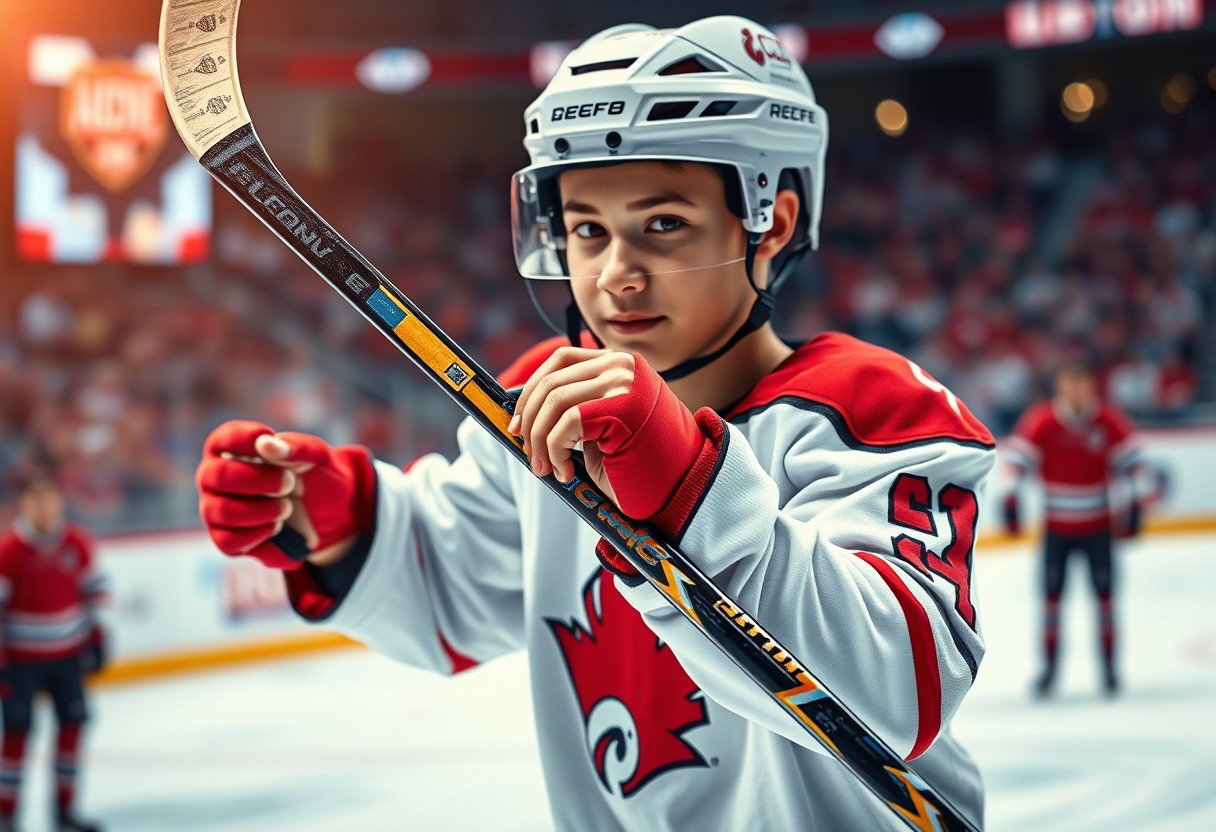
Practice Drills for Mastering Grip
Not every player realizes the impact of a well-mastered grip on their performance. With a proper grip, you not only enhance your puck control but also improve your shooting accuracy. To achieve this, engaging in practice drills specifically designed to focus on your grip can lead to significant breakthroughs in your gameplay.
Solo Drills to Improve Technique
Assuming you have access to a stick and an open space, solo drills can be immensely beneficial for honing your grip technique. Start by holding your stick with your dominant hand on the top and your lower hand several inches down the shaft. Practice stickhandling by moving the puck back and forth between your forehand and backhand. Pay close attention to how your grip changes with each maneuver while ensuring that you maintain control and fluidity.
Next, perform shooting drills where you focus on maintaining your grip as you take shots from different angles. For instance, practice wrist shots and slap shots while monitoring your hand placement and pressure on the stick. Repeating this exercise will help you understand the importance of grip pressure and how it affects the power and accuracy of your shots.
Partner Drills for Real-Game Scenarios
Practice with a partner can elevate your understanding of grip under pressure. While passing drills, focus on how your grip adjusts when receiving and delivering the puck. Engaging in these transfers requires consistency and adaptability in how you hold your stick, ensuring you develop a reliable grip even when your focus is divided.
For instance, during a passing drill, your partner can add defensive pressure by attempting to intercept the puck. This scenario will compel you to modify your grip to react quickly, simulating real-game conditions where maintaining control of your stick is crucial. Incorporating movement and game-like situations into your practice will help solidify your muscle memory regarding proper grip technique.
Incorporating Grip Practice into Regular Training
Practice integrating grip drills seamlessly into your regular training sessions. By doing this consistently, you will be able to train your hands to remember the correct grip while engaging in different hockey movements. Whether you are working on skating, shooting, or passing, take a moment to focus solely on how you hold your stick. This attention to detail will pay off significantly in-game situations.
Improve your overall performance by regularly checking in on your grip. For example, designate a few minutes at the start or end of your training sessions to concentrate solely on grip exercises. These targeted practices can help reinforce good habits and ensure your grip becomes second nature, allowing you to focus on your game instead of worrying about technique. In the long run, this commitment to mastering your grip will enhance your confidence and effectiveness on the ice.
Conclusion
To wrap up, holding your hockey stick correctly is crucial for enhancing your performance on the ice. By mastering the right grip and positioning, you will not only improve your stickhandling but also ensure greater accuracy and power in your shots. Remember to keep your top hand at the end of the stick for better control while your bottom hand should be placed comfortably for optimum leverage. This balance is important for executing clean passes and taking effective shots during gameplay.
Furthermore, don’t forget to regularly practice your grip and constantly assess your technique. As you refine your skills, pay attention to how your hands interact with the stick in various situations. With dedication to perfecting your grip, you will notice a significant improvement in your overall performance on the ice. By investing time in mastering the fundamentals of stick handling, you are setting yourself up for greater success in your hockey journey.

